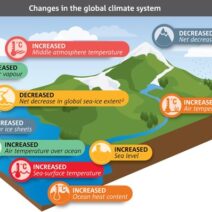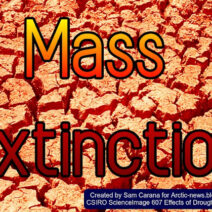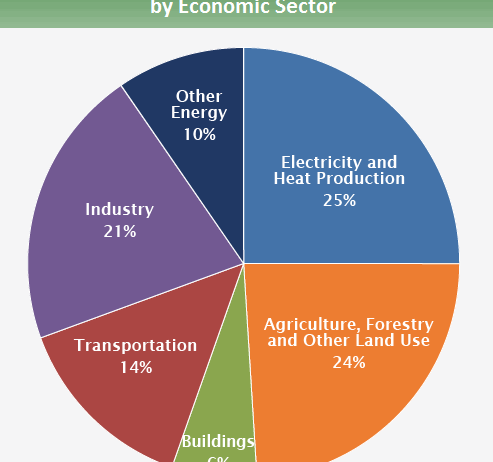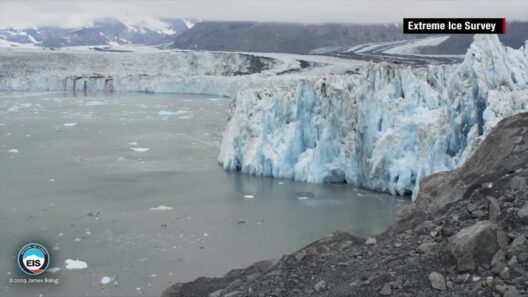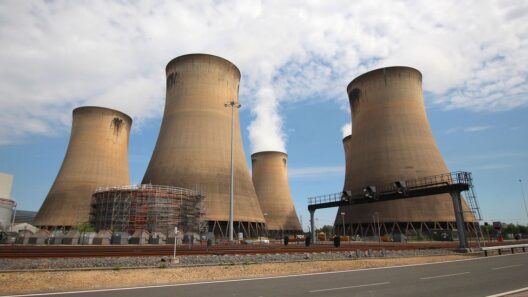What if the air around us, invisible yet palpably present, held the power to define our planet’s future? This isn’t mere speculation, but rather a reflection of the critical role greenhouse gases (GHGs) play in influencing the climate. These gases form a complex web of interactions within our atmosphere, operating as both shield and sword—protecting life while also threatening it. Understanding the role of greenhouse gases is pivotal as we confront the daunting challenge of climate change.
Defining Greenhouse Gases
To grasp the significance of greenhouse gases, we first need to delineate what they are. GHGs are atmospheric gases that absorb and emit infrared radiation. This process is fundamentally responsible for the greenhouse effect, which keeps our planet warm enough to sustain life. The primary culprits include carbon dioxide (CO2), methane (CH4), nitrous oxide (N2O), and fluorinated gases. Each of these has a distinct impact, with varying global warming potentials, and they contribute uniquely to the climatic changes we are now witnessing.
The Greenhouse Effect
Imagine a classic greenhouse, designed to trap warmth for the growth of fragile plants. Similarly, our atmosphere allows sunlight to enter but inhibits some outgoing heat, thus maintaining a delicate balance. Without this effect, Earth would be too inhospitable for most forms of life, with average temperatures plummeting drastically. However, anthropogenic activities have exacerbated this natural phenomenon, leading to an increase in GHG concentrations and a consequential rise in global temperatures.
Anthropogenic Contributors
Human activity has become synonymous with increased greenhouse gas emissions. The combustion of fossil fuels for energy, deforestation for agriculture, and industrial processes release staggering amounts of CO2. Agriculture is another significant contributor, with methane emissions from livestock and rice paddies and nitrous oxide emissions from fertilizers adding to the atmospheric burden. The challenge is palpable: how can we balance our need for energy and food with our responsibility towards the planet?
Consequences of Rising Emissions
The ramifications of unchecked GHG emissions are profound. As gaseous concentrations escalate, so do global temperatures, leading to environmental phenomena that are severe and far-reaching. Sea levels are rising, threatening coastal communities. Extreme weather events are becoming more frequent and intense, from hurricanes to droughts. Ecosystems that have existed for millennia are under siege, with species extinction rates climbing at alarming levels. Clearly, the stakes could not be higher.
Carbon Footprint: A Personal Reflection
If all these daunting statistics have you feeling overwhelmed, it might be time for introspection. One might contemplate: what is my carbon footprint? Every individual has an impact; from the energy consumed in our homes to the modes of transportation we choose, our decisions collectively shape our carbon emissions. The challenge lies in minimizing that footprint. Are we willing to drive less, consume less, and educate ourselves more to forge a sustainable path forward?
Strategies for Mitigation
The road to reducing greenhouse gas emissions requires a multi-faceted approach. First, transitioning to renewable energy sources is paramount. Wind, solar, and hydroelectric power present cleaner alternatives to fossil fuels. Moreover, enhancing energy efficiency in buildings, transportation, and industrial practices can yield significant reductions in emissions. Governments must implement stringent regulations and incentivize practices that aim to decrease GHG output. Yet, beyond policy changes, grassroots movements and individual actions can catalyze larger societal shifts.
Technological Innovations
Innovation plays a crucial role in mitigating greenhouse gas impacts. Carbon capture and storage (CCS) technologies offer a novel solution by trapping emissions from industrial sources and preventing them from entering the atmosphere. Similarly, advancements in agricultural practices, such as precision farming and agroforestry, can optimize land usage while simultaneously sequestering carbon. Innovations like these exemplify human ingenuity and remind us that solutions exist, but they must be harnessed effectively.
Global Cooperation
The fight against climate change transcends borders. It is imperative for nations to collaborate, sharing technology and knowledge in their race to address the emissions crisis. Global accords, like the Paris Agreement, have set ambitious targets, yet success hinges on collective action. The question arises: can countries rise above national interests to tackle a global challenge? Therein lies a significant conundrum that can sway the trajectory of future generations.
The Role of Education and Advocacy
Knowledge is power. By educating ourselves and advocating for climate action, we can foster a culture that prioritizes the environment. Schools, community organizations, and online platforms can serve as vehicles for spreading awareness about the effects of GHG emissions and the importance of sustainable practices. Armed with knowledge, individuals can become staunch advocates for policy reforms and community initiatives. With the right information, what might seem like an overwhelming challenge can transform into an achievable goal.
A Call to Action
In conclusion, greenhouse gases are indeed the unseen drivers of our warming world. The interplay between natural processes and human activities underscores an essential truth: our choices determine the future of the planet. The challenge is daunting, but it is not insurmountable. By fostering a culture of sustainability, embracing technological innovations, and advocating for policy changes, we can mitigate the effects of climate change. Will we rise to the occasion and become stewards of the Earth, or will we allow indifference to dictate our fate? The choice is ours to make.
